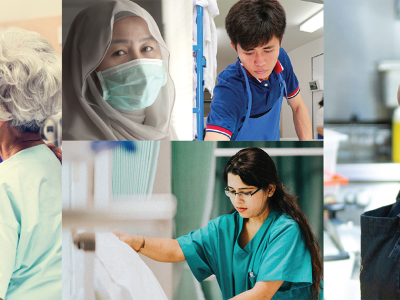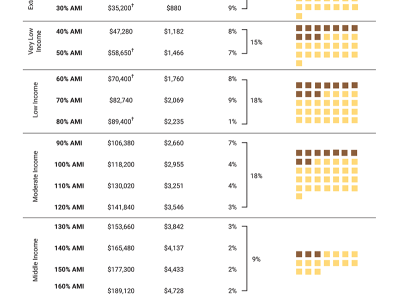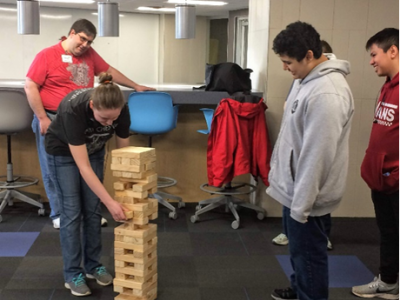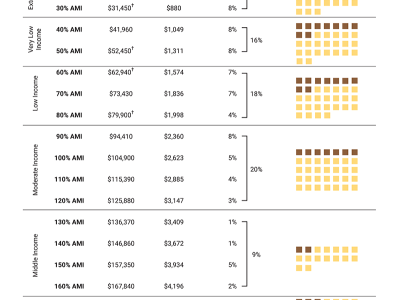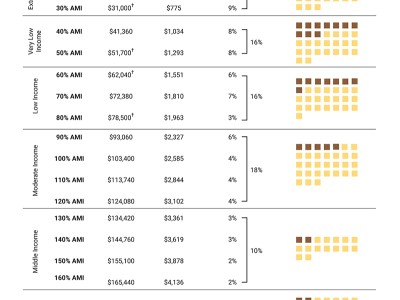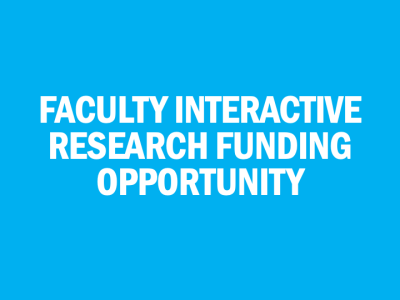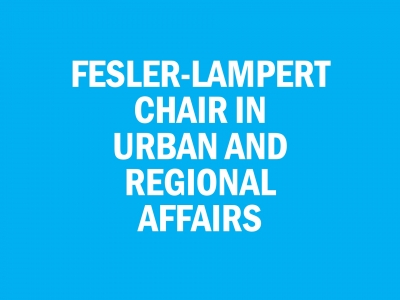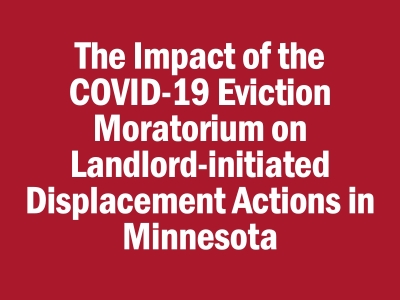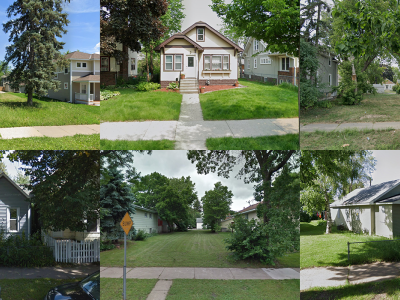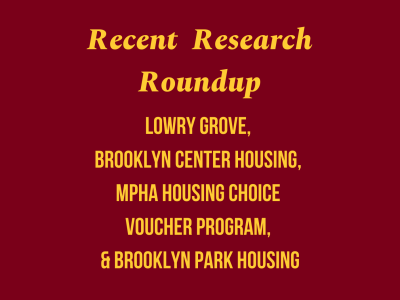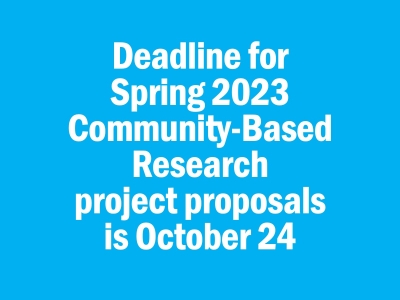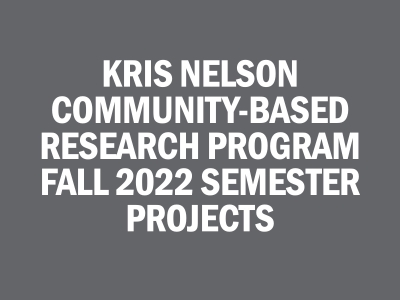We have created a 2022 version of the AMI Cheat Sheet, updated using HUD’s Area Median Income for the Minneapolis-St. Paul-Bloomington metropolitan area, which increased to $118,200 for a family of four.
This is the fourth update: find the 2017 edition here, 2018 edition here, 2019 edition here, 2020 edition here and…
Nationwide, 1 in 44 people is identified as autistic[1] in Minnesota, where more evaluation services are available, the rate is 1 in 36.[2] Autism Spectrum Disorder, or ASD, is a pervasive, neurological, and developmental disability that can include impairment in reciprocal social communication and social interaction, sensory intensity, and restricted,…
We've updated the AMI Cheat Sheet for Minneapolis and St. Paul for 2021 using HUD’s Area Median Income for the Minneapolis-St. Paul-Bloomington metropolitan area, which increased to $104,900 for a family of four.
This is the fifth update: find the 2017 edition here, 2018 edition here, 2019 edition here, and 2020 edition here.
…
We have created a new version of the AMI Cheat Sheet, updated for 2020 using HUD’s Area Median Income for the Minneapolis-St. Paul-Bloomington metropolitan area, which increased to $103,400 for a family of four.
This is the fourth update: find the 2017 edition here, 2018 edition here, and the 2019 edition here.
The Center for Urban and Regional Affairs (CURA) invites proposals for our Faculty Interactive Research Program (FIRP).University of Minnesota faculty are critical resources in exploring issues and concerns important to Minnesota, such as the criminal justice system, demography, state or local economic development, education, employment, energy, the environment, health, housing, state and local government, welfare and poverty, human and social services, transportation, or land use and development.
The FIRP encourages University faculty to carry out research projects that answer…
The Center for Urban and Regional Affairs (CURA) is pleased to announce the competition for the 2023–2024 Fesler-Lampert Chair in Urban and Regional Affairs, and invites interested faculty from across the University of Minnesota to apply for this award.
The Fesler-Lampert Chair in Urban and Regional Affairs provides one year of support for the research activities of a University of Minnesota faculty member on a project related to urban and regional affairs in Minnesota. Previous holders of the chair have used this support to complete projects on urban environmental policy advocacy in the Twin Cities, employee turnover and retention…
Report submitted to the Minnesota ERASE Campaign (End Rental Arrears and Stop Evictions). ERASE is an effort to ensure that the historic aid enacted by Congress reaches the lowest-income and most marginalized renters it is intended to help. We are working to eliminate rental indebtedness caused by the pandemic, prevent evictions, and create support for long-term policy changes to end housing instability and homelessness. Co-convenors of the campaign include ACER (African Career Education Resource); Housing Justice Center, and MHP (Minnesota Housing Partnership).
Introduction…
Over the past several months, CURA has completed research projects lead by CURA Director Dr. Edward Goetz and Senior Research Associate Dr. Brittany Lewis. Each project is related to affordable housing. An excerpt from “Seeking Closure: The Lowry Grove Report” by Dr. Goetz starts the roundup, followed by three projects lead by Dr. Lewis, “The Brooklyn Center Housing Report,” “Searching for Stability,” and finally “The Brooklyn Park Housing Project.”
Seeking Closure…
The Kris Nelson Community-Based Research Program at the Center for Urban and Regional Affairs (CURA) builds the power and capacity of community-based organizations to create social change through partnerships with the University of Minnesota. We match the research and technical needs of organizations with student research assistants to carry out community-defined and community-guided projects. CURA works with organizations selected for the program to create shared…
Below is a roundup of project descriptions and partner organizations for the Fall 2022 semester Kris Nelson Community-Based Research Program projects. The projects will run from early September to mid-January. If you want to be informed about upcoming deadlines for the Kris Nelson Program, make sure to subscribe to CURA’s newsletter.
Organization: MN8
Currently there is a lack of formalized knowledge about Khmer Americans in Minnesota despite the fact that Hampton, Minnesota is home to the largest Cambodian Buddhist temple in the world outside of Cambodia.
From fall 2021 to spring 2022, we worked with members of Wilder Research’s Pro Bono Research Program to conduct the first-of-its-kind Community Needs Assessment of the Cambodian American community in Minnesota. We co-created a mixed-methods project that included a statewide analysis of available data on Cambodian Americans in Minnesota and up to 20 interviews with Cambodian Americans about…
Organization: Renewing the Countryside
Farmland access is identified as the biggest challenge for emerging farmers—particularly Black and Brown farmers—in developing viable businesses and growing capacity for community resilience. While finding affordable land to lease or purchase is part of the challenge, an additional challenge is understanding the policies, codes and ordinances that regulate what can be done at county, city and township levels. Through our work and that of our partners working on farmland access, we regularly see emerging farmers either…
Organization: Midwest Skateboarding Alliance
All public parks offer benefits of greenspace, recreation, socializing, and safety. Skateparks accomplish this in particular for youth. Modern, state-of-the art skateparks are a tremendous draw for youth and skateboarders of all ages, providing mental, physical and social benefits and a point of pride for the neighborhood. Yet they are too often placed within suburban, predominantly white, high-income areas already privileged with similar amenities. The goal of this project is to address this bias and inherent inequities…
